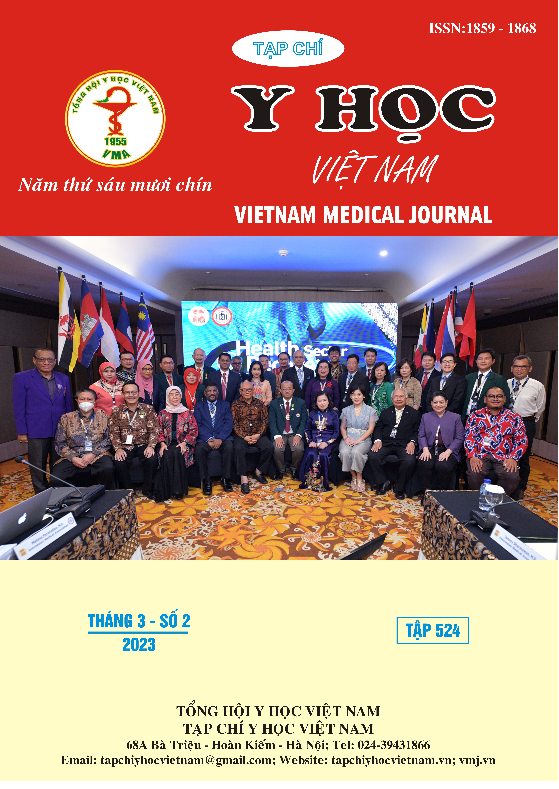A STUDY STATUS TOOTH WEAR AND COMMON ASSOCIATED FACTORS AT STUDENTS DENTISTRY, CAN THO UNIVERSITY OF MEDICINE AND PHARMACY
Main Article Content
Abstract
Objectives: A cross – sectional study was to obtain an overview of tooth wear and common associated factors among young dental students aged 18 to 25. Methods: The severity of tooth wear was evaluated according to the Tooth Wear Index described previously by Smith and Knight in 1984. The occlusion was evaluated separately by two other examiners. Results: The prevalence of tooth wear was 98,1%. The prevalence of cervical wear was 68,6%, occlusal/incisal wear was 98,1%, buccal wear was 23,3%, lingual wear was 32,9%. Average tooth wear score was 0,29 ± 0,09. Age, gingival recession and the cuspid high slope were found to be closely associated with cervical wear lesions. Bruxism, deep bite, the cuspid low and average slope were a predisposing factor for occlusal wear whereas open bite was a protecting factor against wear of the incisal. The age factor increases significantly with increasing degree of the buccal wear. Conclusions: Age, gingival recession, occlusal condition were found to be closely associated with cervical wear lesions.
Article Details
Keywords
Tooth wear, noncarious cervical lesions, gingival recession
References
2. Aaron G. M. (2004), "The prevalence of noncarious cervical lesion in morden and ancient American Skull, lack if evidence for an occlusal etiology", J Oral Rehabil, 35(10), pp. 1007-1012.
3. Aw T. C., Lepe X., Johnson G. H., Mancl L. (2002), "Characteristics of noncarious cervical lesions: a clinical investigation", J Am Dent Assoc, 133(6), pp. 725-733.
4. Borcic J., Anic I., Urek M. M., Ferreri S. (2004), "The prevalence of non-carious cervical lesions in permanent dentition", J Oral Rehabil, 31(2), pp. 117-23.
5. Chuajedong P., Kedjarune-Leggat U., Kertpon V., Chongsuvivatwong V., Benjakul P. (2002), "Associated factors of tooth wear in southern Thailand", J Oral Rehabil, 29(10), pp. 997-1002.
6. Daniela N, Ribeiro T , Renske Z Ts , Paulo V Ss , Marco S C , Marco M M G, Dagmar E S (2020), “Prevalence of noncarious cervical lesions among adults: A systematic review”, J Dent, pp. 95:103285.
7. Pegoraro L. F., Scolaro J. M., Conti P. C., Telles D., Pegoraro T. A. (2005), "Noncarious cervical lesions in adults: prevalence and occlusal aspects", J Am Dent Assoc, 136(12), pp. 1694-1700.
8. Teixeira DNR, Zeola LF, Machado AC, Gomes RR, Souza PG, Mendes DC, Soares PV (2018), “Relationship between noncarious cervial lesions, cervical dentin hypersensitivity, gingival recession, and associated risk factors: a cross-sectional study”, J Dent, 76, pp. 93–97.


